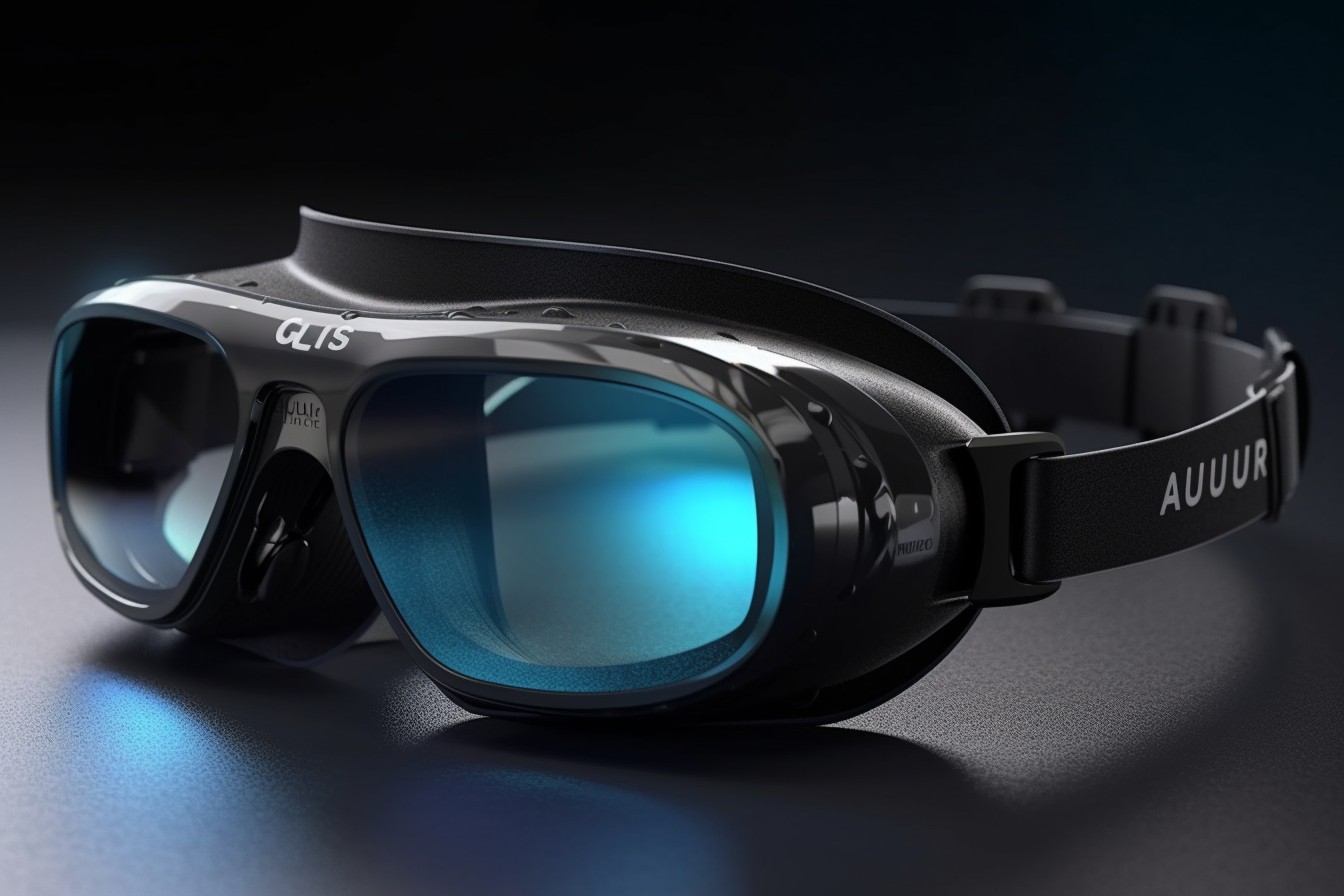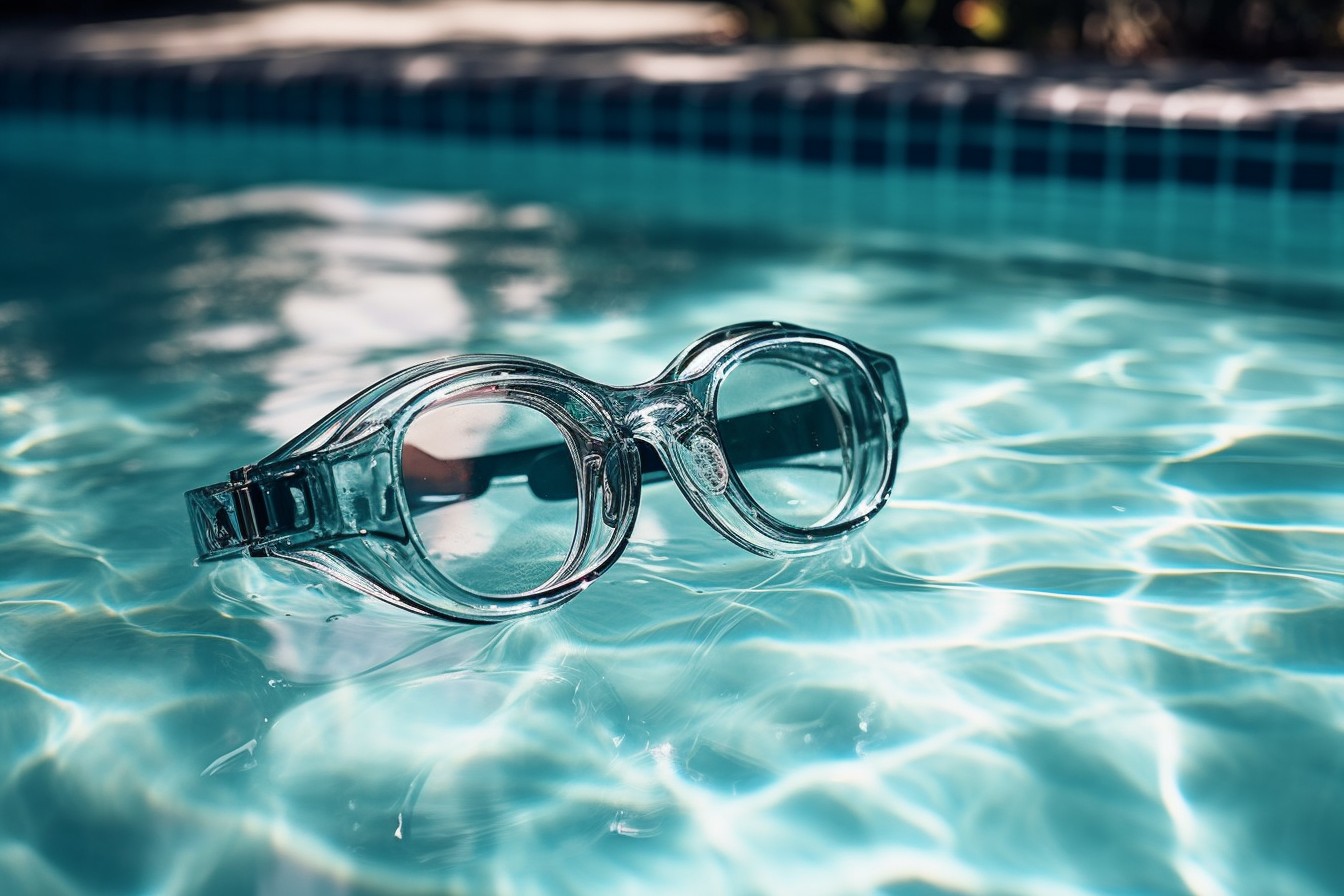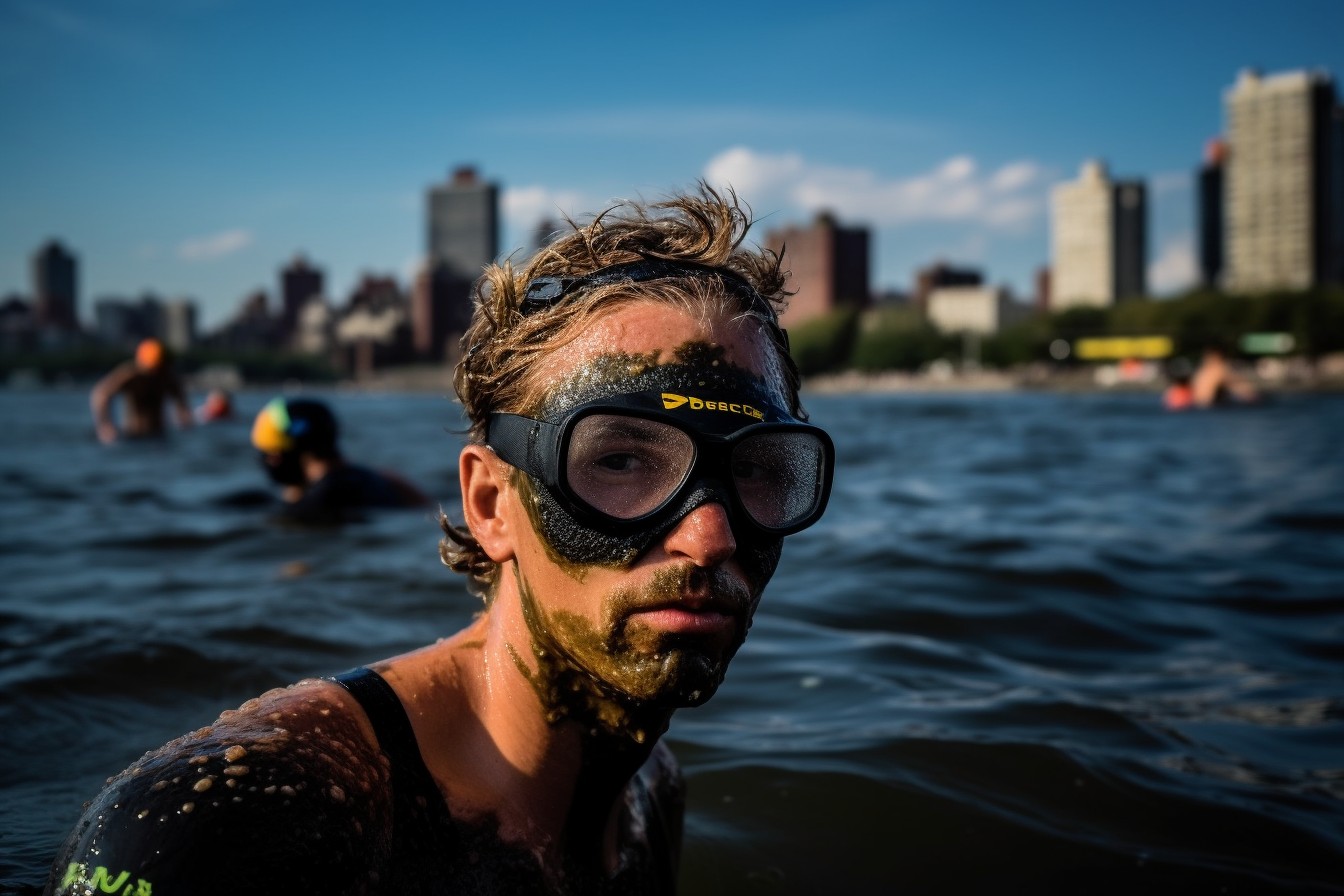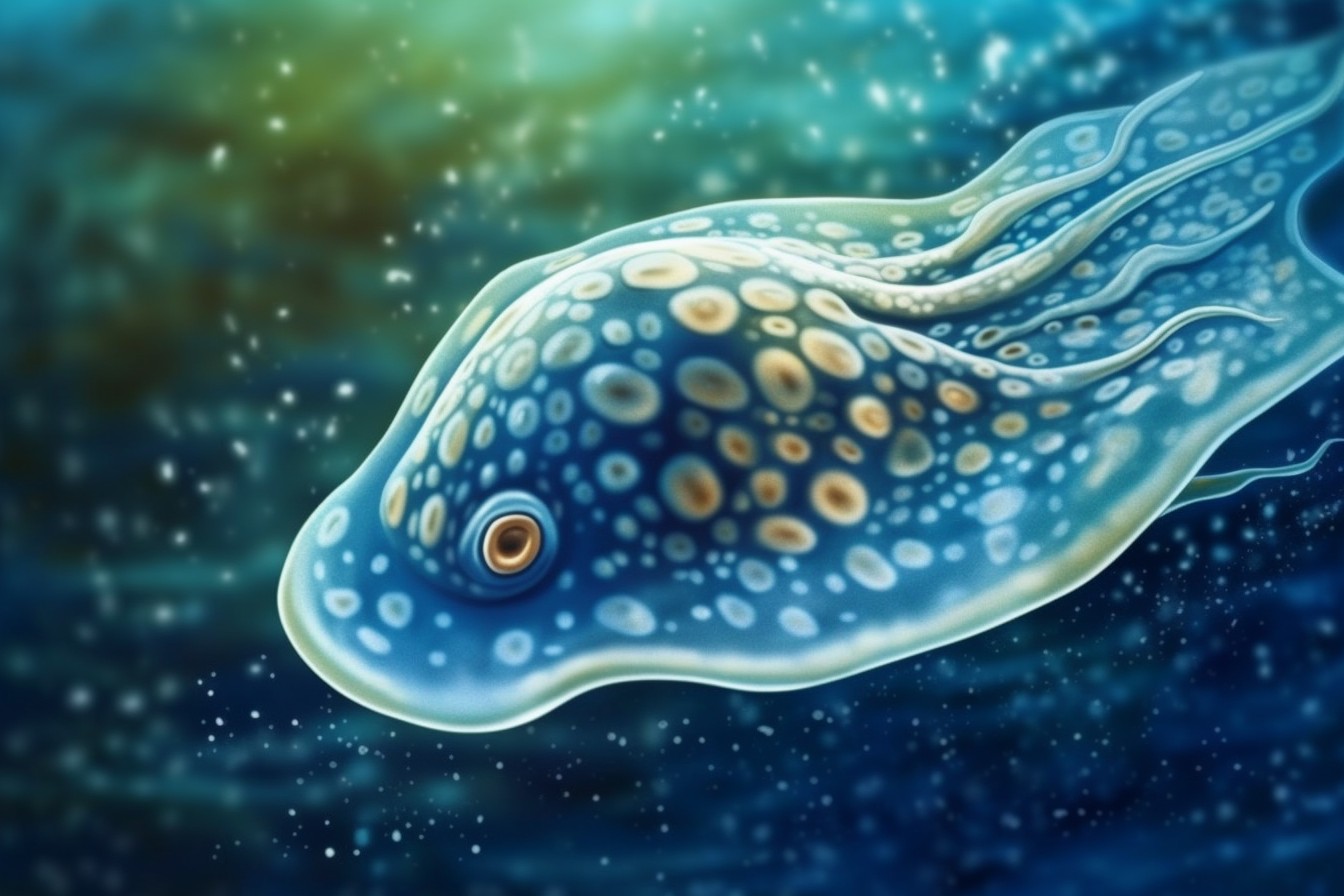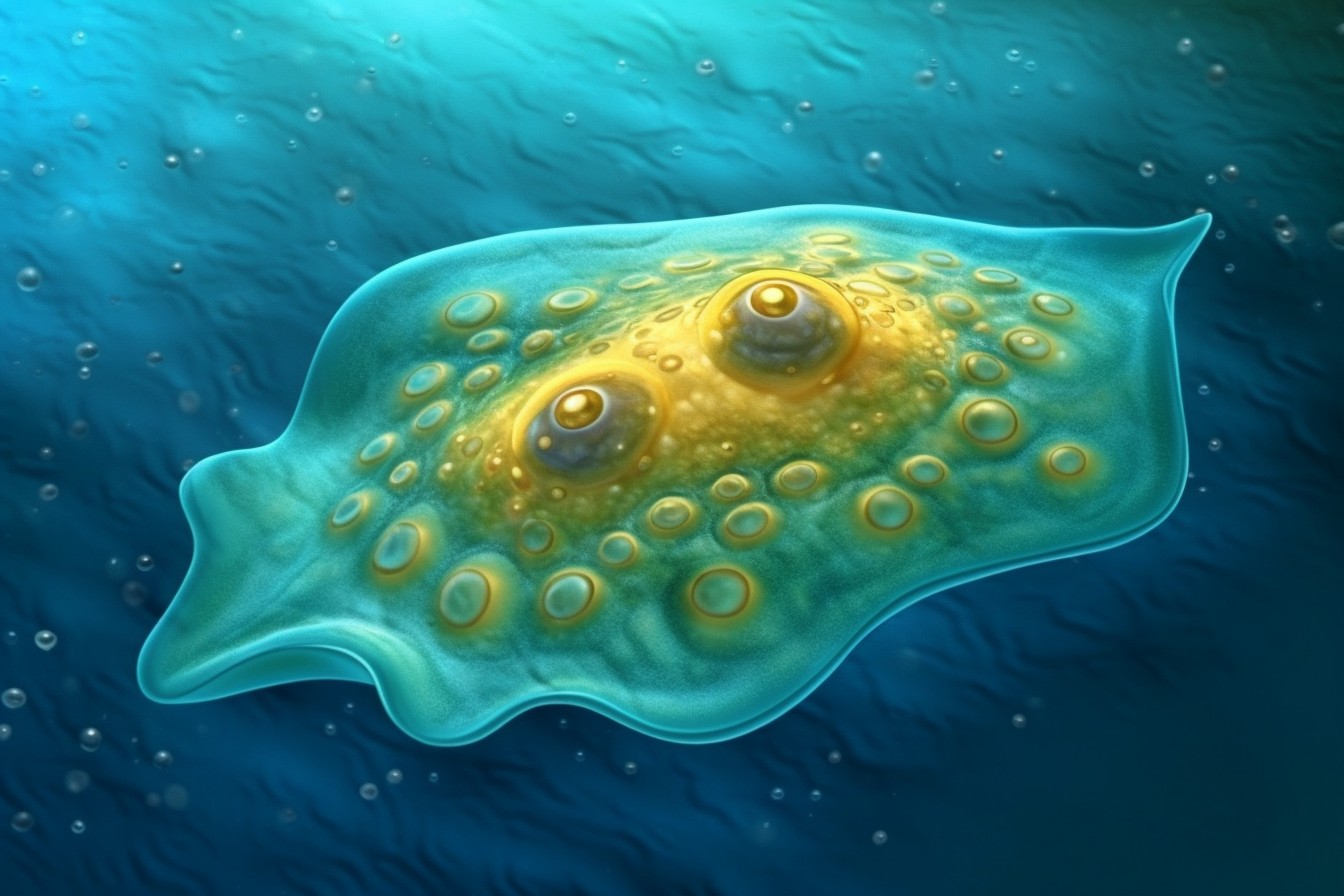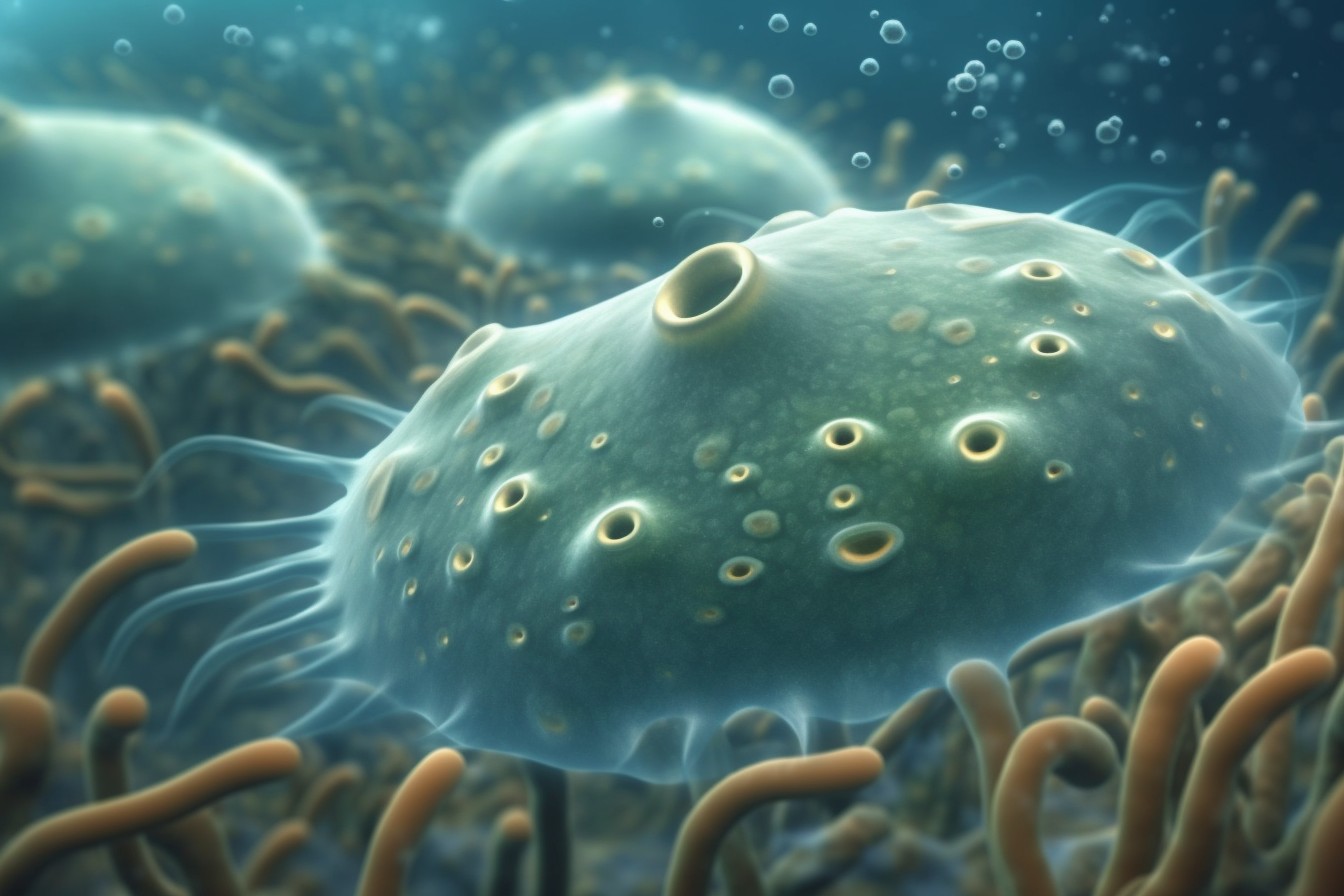Tag: swimming
-

Anti-Fog Coatings and Solutions: Enhancing Goggle Clarity in the Water
Anti-fog coatings and solutions are specifically designed to enhance goggle clarity in water environments. These coatings and solutions work by preventing the formation of condensation on the goggle lenses, ensuring clear vision and improved safety for water activities. By reducing fogging, they allow users to maintain optimal visibility and focus, making them essential for various…
-

Fog-Free Swimming: Tips and Tricks for Preventing Goggle Fog
Introduction: Foggy goggles can be a frustrating and distracting problem for swimmers. Whether you’re a professional athlete or a casual swimmer, dealing with goggle fog can hinder your performance and enjoyment in the water. In this article, we will provide you with some useful tips and tricks to prevent goggle fog and ensure a clear…
-

Brain-Eating Amoeba: A Threat to Swimmers or an Overblown Fear?
Brain-eating amoeba, also known as Naegleria fowleri, is a rare but deadly organism that can be found in warm freshwater bodies such as lakes, rivers, and hot springs. It enters the body through the nose and travels to the brain, causing a rare but often fatal infection called primary amebic meningoencephalitis (PAM). While the risk…
-

Decoding the Threat of Brain-Eating Amoeba for Swimmers
Brain-eating amoeba, also known as Naegleria fowleri, is a rare but deadly organism that can be found in warm freshwater bodies such as lakes, rivers, and hot springs. While infections are rare, they can be fatal, with a mortality rate of over 97%. Swimmers are particularly at risk of contracting the amoeba, as it can…
-

Brain-Eating Amoeba: The Real vs. Perceived Risk for Swimmers
Brain-eating amoeba, also known as Naegleria fowleri, is a rare but deadly organism that can be found in warm freshwater bodies such as lakes, rivers, and hot springs. While the risk of contracting the amoeba is low, it has gained significant attention in the media due to its potentially fatal consequences. This has led to…
-

Brain-Eating Amoeba: Assessing the Real Risk for Swimmers
Brain-eating amoeba, also known as Naegleria fowleri, is a rare but deadly organism that can be found in warm freshwater bodies such as lakes, rivers, and hot springs. It enters the body through the nose and travels to the brain, causing a rare but often fatal infection called primary amebic meningoencephalitis (PAM). While the risk…
-

Allaying Fears About Brain-Eating Amoeba in Swimming
Allaying fears about brain-eating amoeba in swimming is a crucial topic, especially during the summer season when people tend to spend more time in the water. Brain-eating amoeba, also known as Naegleria fowleri, is a rare but deadly organism that can cause a severe brain infection called primary amebic meningoencephalitis (PAM). In this article, we…
-

Swim deaths on Ironman Triathlons
History and Risks of Marathons and Triathlons Marathons and triathlons have steadily garnered attention since their inception in the 1980s. Despite the general fitness and health of their participants, sudden death is a reality for 0.5-1.7 athletes per 100,000 participants, as reported by previous studies. Most fatalities in triathlons occur during the swimming phase, often…
-
Drafting in swimming
They say that drafting can make a big difference in your swim. That drafting can save you a lot of precious time in swim leg, that you are wasting time and energy if you are not drafting. That drafting can reduce energy output by up to 40 percent. That is all bullshit. There are no rules…

